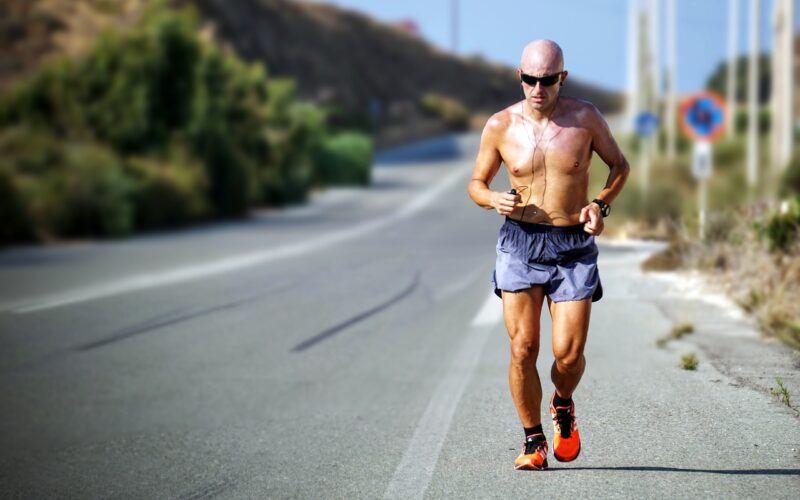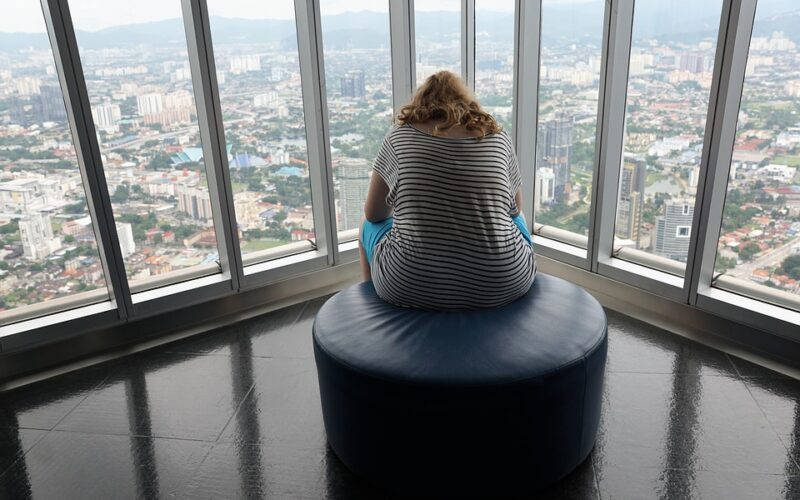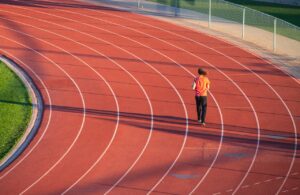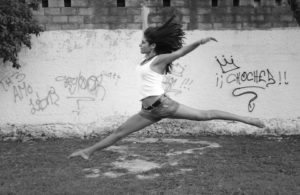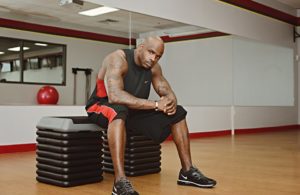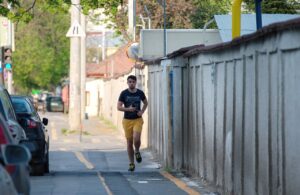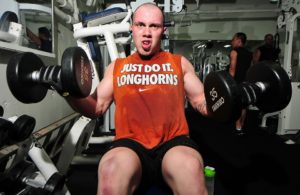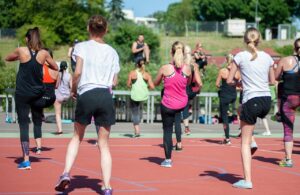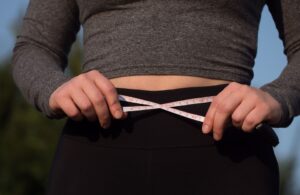Participating in exercise and sports offers numerous benefits for physical and mental well-being. However, for individuals with hearing loss, these activities can present unique challenges. The ability to hear clearly is often taken for granted in active environments, yet it is crucial for safety, performance, and enjoyment. Understanding the connection between auditory function and physical activity is the first step toward navigating these hurdles and maintaining an active, fulfilling lifestyle.
The link between hearing, balance, and coordination
One of the most significant ways hearing loss can affect physical activity is by impacting balance and coordination. The inner ear, which plays a central role in our auditory system, is also a key component of the vestibular system, responsible for our sense of balance. When hearing is compromised, it can disrupt the signals your brain receives about your body's position in space. This can lead to instability, making exercises that require good balance, such as yoga, running on uneven terrain, or certain gym workouts, more difficult and increasing the risk of falls and injury.
Delayed reactions and reduced situational awareness
In any sport or exercise setting, quick reaction times are often essential for both performance and safety. Auditory cues, such as a referee's whistle, a starting pistol, or a teammate's call, trigger immediate responses. An individual with hearing loss may experience a delay in processing these sounds, or miss them entirely. This can put them at a disadvantage in competitive sports and pose a danger in public spaces. For instance, a cyclist or runner with untreated hearing loss might not hear an approaching vehicle, a warning shout from another person, or the bell of a faster cyclist behind them, significantly raising the risk of an accident.
Communication challenges in team environments
Effective communication is the backbone of most team sports. Players rely on verbal cues to coordinate strategies, warn of dangers, and offer encouragement. For someone with hearing loss, understanding speech in a noisy stadium or a reverberant gymnasium can be incredibly challenging. This can lead to missed plays, frustration among teammates, and a feeling of isolation. The inability to communicate effectively with coaches and fellow athletes can diminish performance and negatively impact the social and collaborative aspects of sport. This communication barrier can be a significant source of stress.
Missing crucial environmental sounds
Beyond direct communication, our ears pick up a wealth of environmental information during exercise. The beep of a treadmill indicating a speed change, the click of a weight machine's pin not being properly secured, or the sound of your own footfalls providing feedback on your running form are all important auditory signals. Hearing loss can mean these subtle but critical sounds go unnoticed. This not only affects the quality of a workout but can also lead to improper equipment use or an inability to self-correct form, which may result in strains or more serious injuries over time.
Impact on confidence and mental well-being
The cumulative effect of these challenges can take a toll on an individual's confidence and willingness to participate in sports and exercise. Feeling like a liability to a team, worrying constantly about potential accidents, or experiencing the frustration of not being able to follow instructions can lead to anxiety and withdrawal from activities once enjoyed. The fear of misunderstanding or not hearing something important can cause people with hearing loss to avoid group fitness classes or team sports altogether, leading to a more sedentary lifestyle and missing out on the mental health benefits of physical activity.
Practical strategies for safer participation
Fortunately, there are many practical strategies to manage the risks associated with hearing loss in sports. Athletes can learn to rely more on visual cues, such as hand signals from coaches or teammates. Smart positioning on a field or court can maximise the line of sight. Many modern wearables offer vibration or visual alerts for notifications or lap times, providing a non-auditory alternative. Exercising with a partner who is aware of your hearing loss can create a buddy system for safety. Choosing venues with better acoustics or working out during quieter hours can also make a significant difference. Regular hearing checks and discussing appropriate, non-isolating hearing protection with a professional can ensure that individuals remain safe, connected, and confident while staying active.

